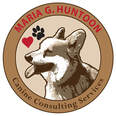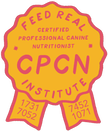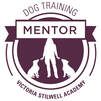A blog for all things dog-related: training, behavior, fun new doggie items, veterinary information and, of course, ways to enhance your relationship with your best four-legged friend!
|
The vocalization and panting, uncontrollable drooling, destruction of property – all common symptoms of separation anxiety in dogs, and none of them pleasant. Not to mention that nobody likes to see their little furry love getting so worked up over something that is a natural part of life. We humans have places to go and things to do that can’t always involve our fur-kids!
I’ve done some recent presentations and have been working with several people lately whose dogs exhibit pretty severe separation anxiety. Working through separation anxiety is a process – there usually isn’t a “quick fix” – but sometimes there are small tweaks we can make to adjust the lifestyle approach to being left alone that makes all the difference for our dogs. Perhaps you’ve already seen my article NO, Don’t Leave Me! Dealing With Your Dog’s Separation Anxiety. Here are a few more things to consider and try to build your dog’s feelings of independence and decrease his separation anxiety…
If you can help your dog realize that it's no big deal if you leave - and give him plenty of practice having a good time without you - he'll be much less anxious and much more comfortably independent. After all, no healthy relationship involves both parties needing to be together ALL the time! Learning to enjoy some things on his own, and then spending time with you when you both have the opportunity, will not only help your dog be a happier version of himself - it will also create a more healthy, balanced relationship between the two of you and harmony in your household!
0 Comments
Your comment will be posted after it is approved.
Leave a Reply. |
AuthorMaria Huntoon, CBCC-KA Archives
April 2020
Categories |
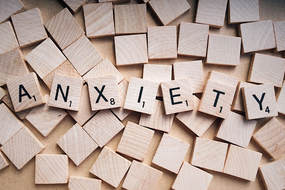





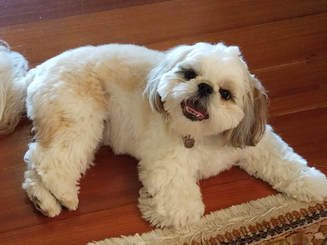
 RSS Feed
RSS Feed
